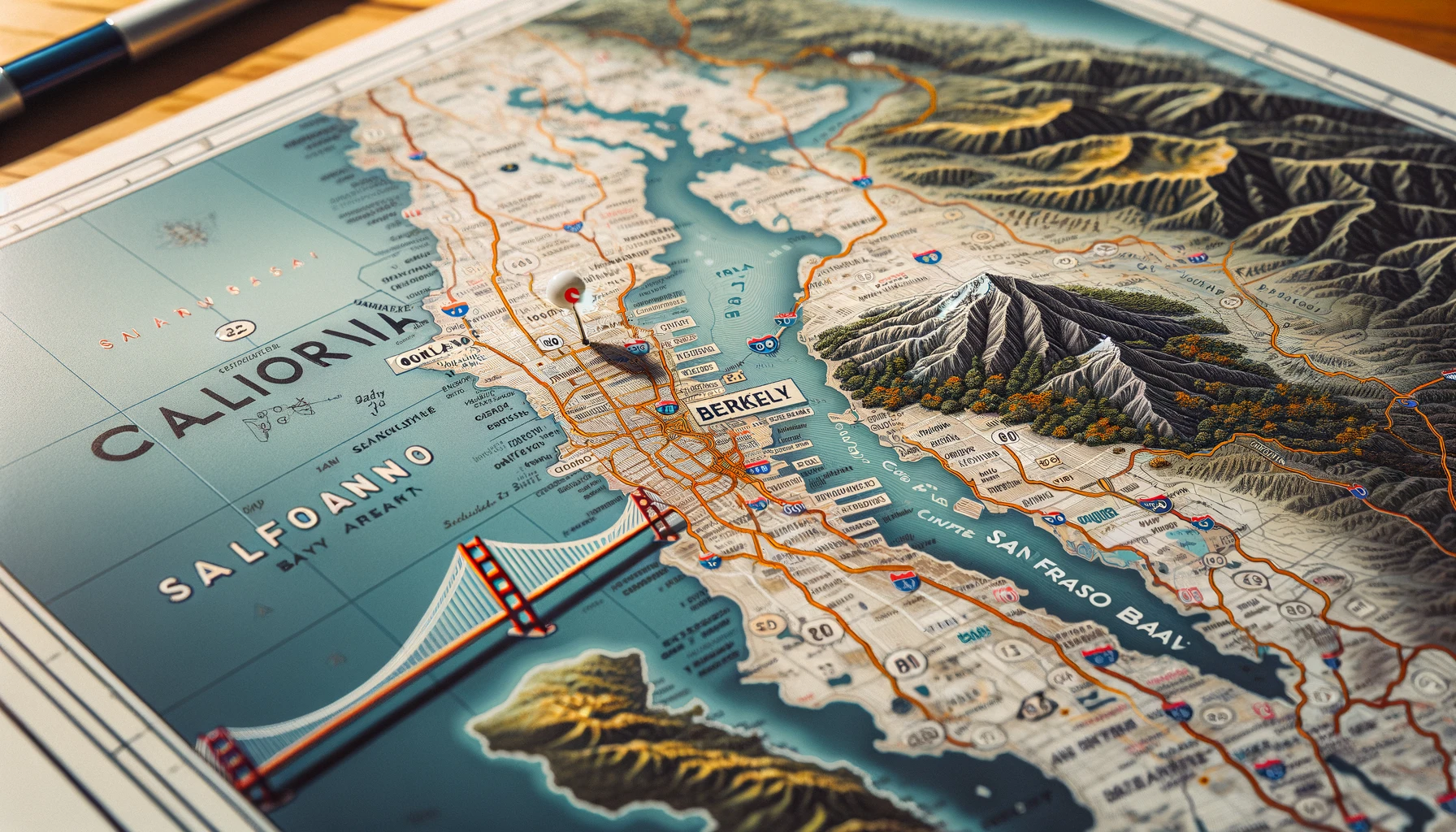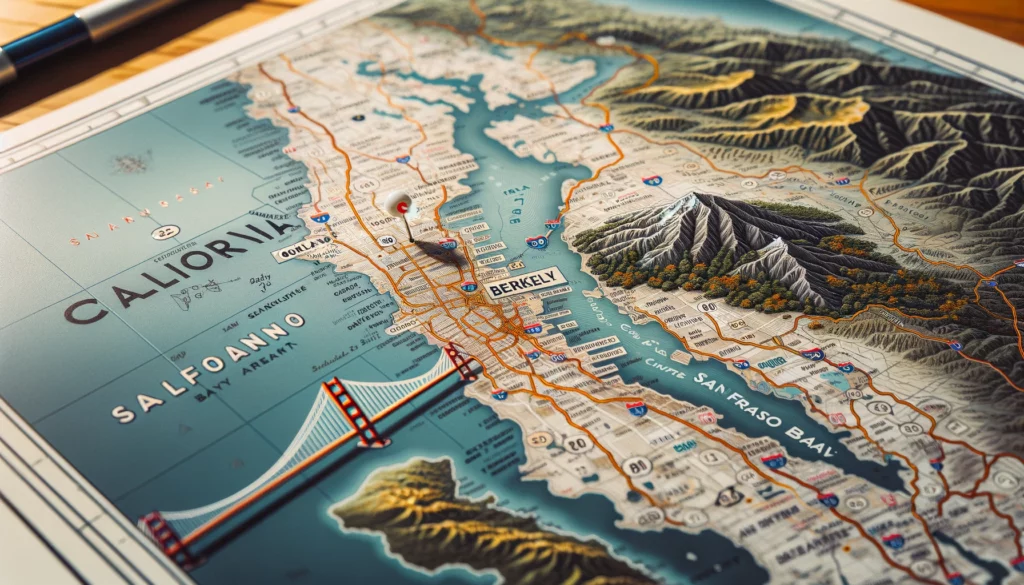Berkeley, a city renowned for its rich history and vibrant culture, is home to a hidden gem that weaves through its heart: Strawberry Creek. This charming waterway is not just a natural wonder but also a historical and ecological treasure. Let’s embark on a journey to explore the allure of Strawberry Creek and understand why it holds a special place in the community.
The Historical Significance of Strawberry Creek
Strawberry Creek has a storied past that dates back to the indigenous Ohlone people, who thrived along its banks long before the arrival of European settlers. The creek provided them with essential resources such as water, food, and materials for their daily lives. When the University of California, Berkeley, was established in 1868, Strawberry Creek played a pivotal role in shaping the campus layout and aesthetics.
Fun Fact: Did you know that the University of California was initially planned to be built around Strawberry Creek? The creek’s natural beauty inspired the university’s founders to integrate it into the campus design, creating a serene and picturesque environment for students and faculty alike.
Ecological Importance of Strawberry Creek
Strawberry Creek is not just a scenic attraction; it is also an ecological powerhouse. The creek supports a diverse range of flora and fauna, making it a vital component of Berkeley’s urban ecosystem. Its waters provide a habitat for native fish species, including the endangered steelhead trout. At the same time, its banks are adorned with a variety of native plants that contribute to the area’s biodiversity.
Key Ecological Benefits of Strawberry Creek:
- Biodiversity: The creek’s riparian zone is home to a wide array of plants and animals, creating a thriving ecosystem.
- Water Quality: The creek helps filter pollutants and improve water quality, benefiting both wildlife and residents.
- Flood Control: Strawberry Creek’s natural meanders and vegetation help mitigate the impact of heavy rains, reducing the risk of flooding in surrounding areas.
- Urban Cooling: The presence of the creek and its vegetation helps cool the surrounding urban area, providing a natural respite from the city’s heat.
Community Engagement and Restoration Efforts
The preservation and restoration of Strawberry Creek have been a community-driven effort. Over the years, numerous initiatives have been undertaken to restore the creek’s natural state and enhance its ecological health. These efforts have involved collaboration between local government agencies, environmental organizations, and dedicated community volunteers.
One notable project is the Strawberry Creek Restoration Program, which aims to rehabilitate degraded sections of the creek and reintroduce native plant species. This program has not only improved the creek’s ecological integrity but also fostered a sense of stewardship among Berkeley residents.
How to Get Involved:
- Volunteer: Join local restoration projects to help maintain and restore the creek.
- Education: Participate in educational programs to learn more about the creek’s history and ecology.
- Advocacy: Support policies and initiatives that aim to protect and preserve Strawberry Creek.
Recreational and Educational Opportunities
Strawberry Creek offers a wealth of recreational and educational opportunities for residents and visitors alike. Strawberry Creek Park is a popular destination for families, offering walking trails, picnic areas, and playgrounds. The creek also serves as an outdoor classroom, where students from the University of California, Berkeley, and local schools conduct field studies and research.
Activities to Enjoy at Strawberry Creek:
- Nature Walks: Explore the scenic trails that meander along the creek, offering glimpses of native wildlife and plants.
- Picnicking: Enjoy a relaxing picnic by the water, surrounded by the sounds of nature.
- Birdwatching: Bring your binoculars and spot various bird species that inhabit the riparian zone.
- Educational Tours: Participate in guided tours to learn about the creek’s history, ecology, and restoration efforts.
The Beauty and Benefits of Strawberry Creek
Strawberry Creek is more than just a charming waterway in Berkeley; it’s a symbol of the city’s commitment to preserving its natural heritage. This picturesque creek winds through the University of California, Berkeley, offering a tranquil escape from the bustling city life. Visitors can enjoy scenic nature walks, engage in community restoration projects, and learn about the creek’s rich history and ecological importance. Whether you’re a student, resident, or tourist, Strawberry Creek provides a unique opportunity to connect with nature and contribute to environmental conservation efforts.
Conclusion
In conclusion, Strawberry Creek is a beloved feature of Berkeley, cherished for its historical significance, ecological importance, and recreational value. The creek’s journey from the hills through the city reflects Berkeley’s dedication to environmental preservation and community engagement. As we continue to appreciate and protect this natural treasure, Strawberry Creek will remain a vital part of Berkeley’s landscape for generations to come.
By exploring and understanding the beauty and benefits of Strawberry Creek, we can all play a part in preserving this charming waterway for future generations. So, next time you’re in Berkeley, take a stroll along the creek, participate in a restoration project, or enjoy the serenity it offers. Strawberry Creek is not just a waterway; it’s a testament to the harmonious coexistence of nature and urban life.














